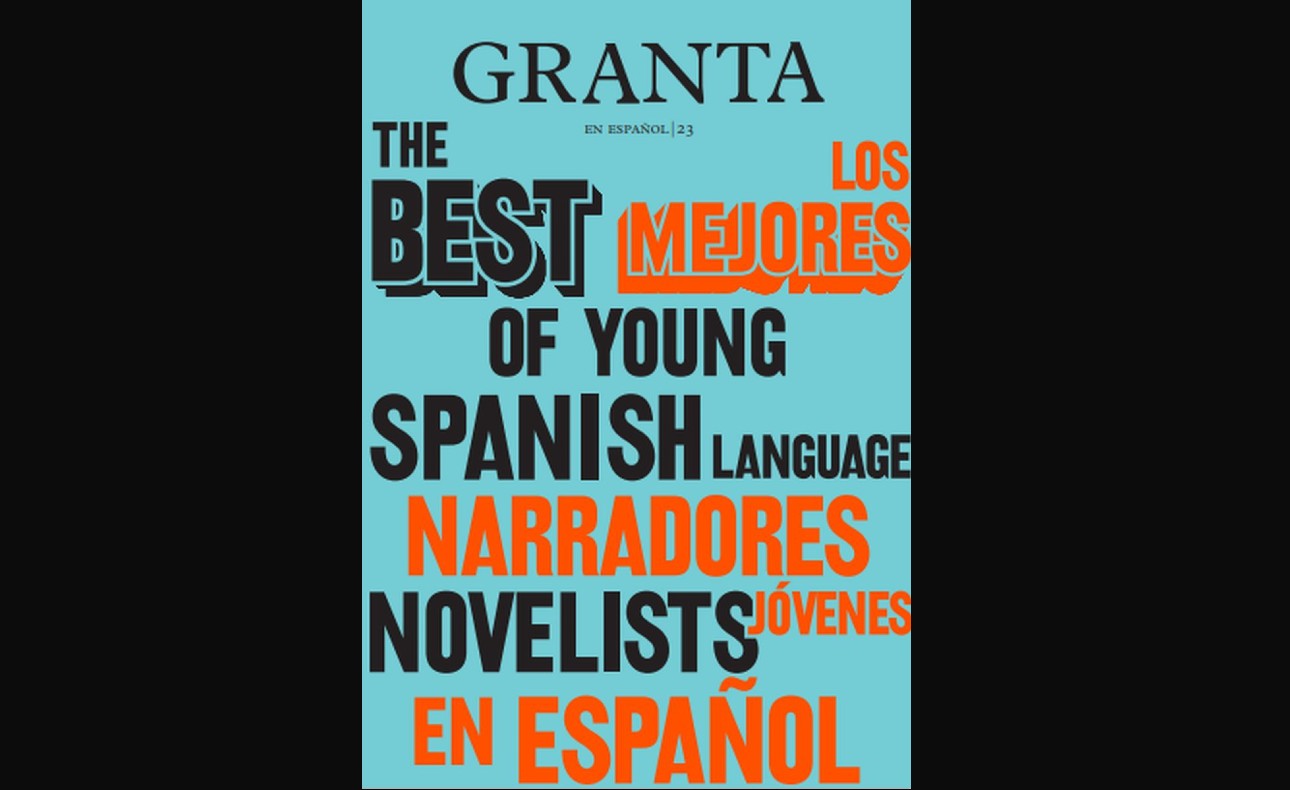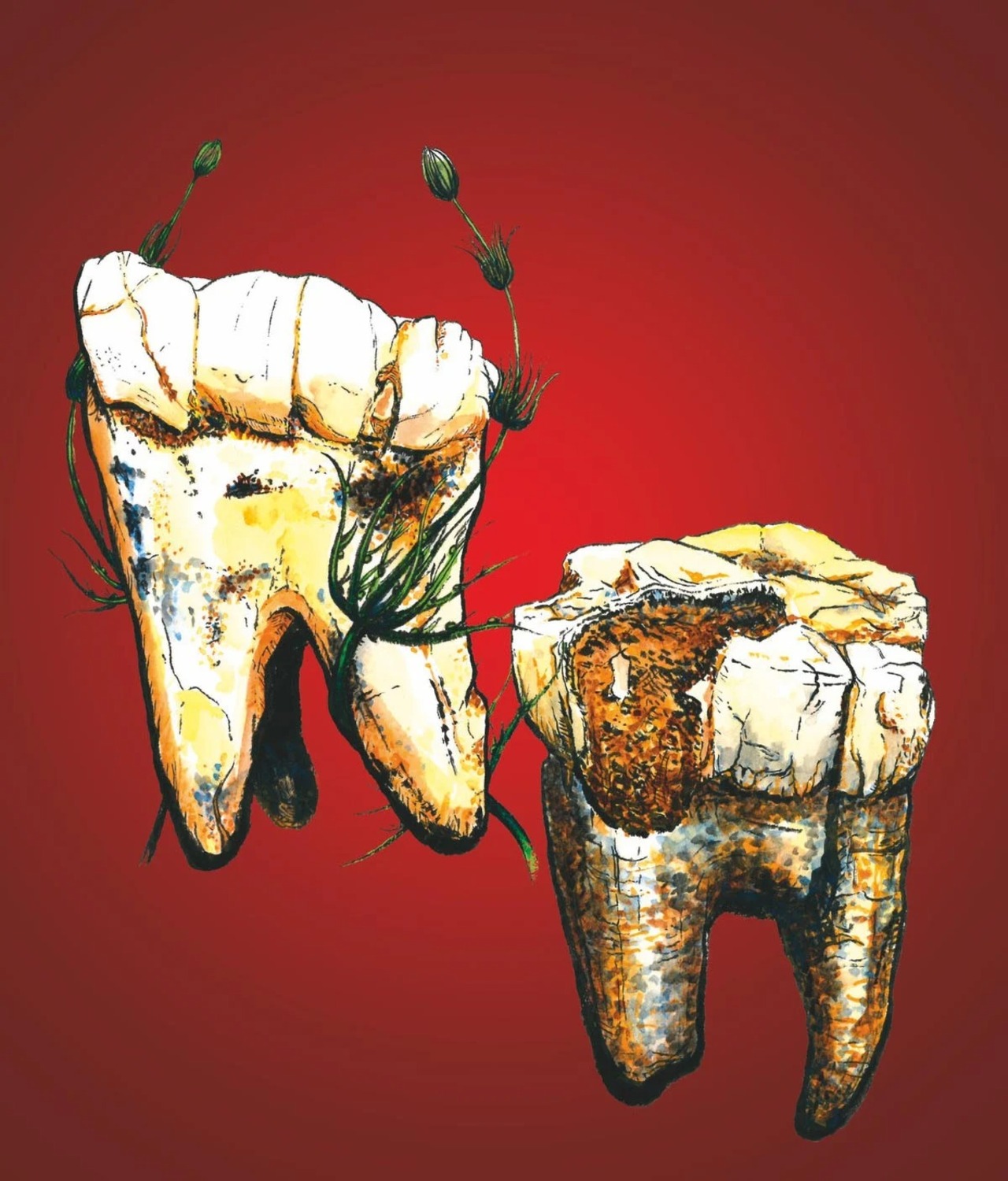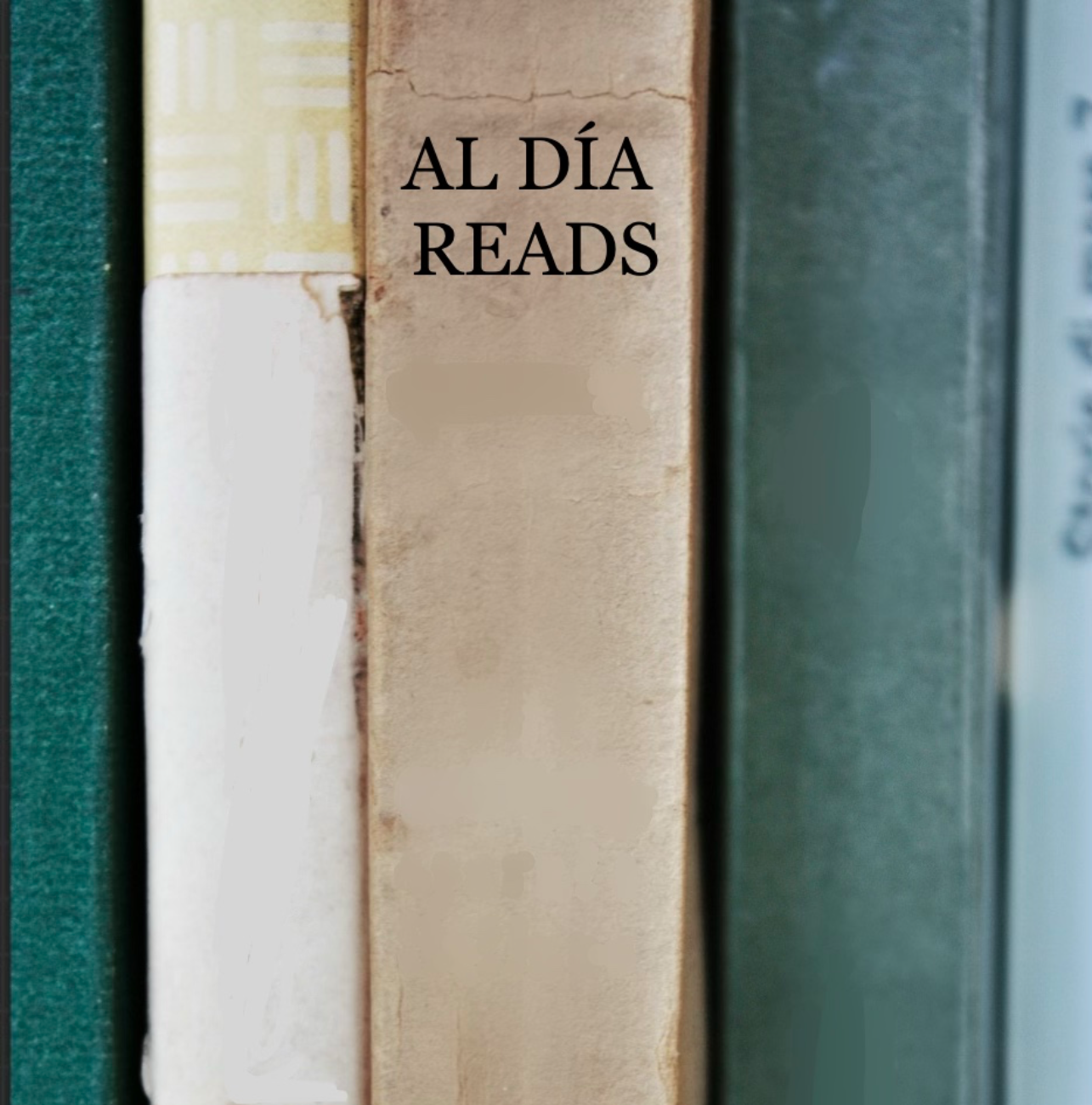
Making a difference: Contemporary literature in Cuba and Colombia.
Dainerys Machado and José Ardila, from Cuba and Colombia respectively, are among the 25 best young Spanish-language storytellers according to Granta magazine.
Granta magazine was born in London in 1889 with the aim of promoting the best literature of the time. It was not until 2003 that they launched the Spanish edition of the magazine with the idea of seeking a platform for transatlantic communication with the Spanish-language market, just as had been done with U.S. literature during those years.
"We realized that since the 1980s, when we translated the Latin American "boom" writers, until the late 1990s, we had not published any Hispanic authors. So we decided to launch Granta in Spanish to discover emerging authors or working in new ways, beyond translating veterans," explained writer and editor Valerie Miles, co-founder of Granta in Spanish, in a talk held a month ago at Casa America Barcelona.
The talk featured Latin American writers Dainerys Machado and José Ardila, from Cuba and Colombia respectively, two of the top 25 young Spanish-language storytellers according to Granta magazine.
The prestigious magazine made for the first time in 2010 a list of the best writers in Spanish with more projection, there were names like the Argentines Patricio Pron, Andres Neuman, Samanta Schweblin; the Peruvian Santiago Roncagliolo; the Chilean Alejandro Zambra and the Colombian Andres Felipe Solano. In 2021, a new generation of creators took over; twenty-five were chosen.The sonorous qualities of written language, the richness of the language and the renunciation of neutral Spanish are the traits that define this new generation of writers.
"Fiction is for me goes hand in hand with my migratory progress, the impulse came to me since I left Cuba. I understood a new way of writing from outside, from the language, it was a different way of seeing your culture," explained Dainerys Machado Vento (Havana, 1986). Machado studied journalism in Cuba and later emigrated to Mexico to study a Master's degree in Hispanic American Literature and then settle in the United States, where she has just finished a PhD at the University of Miami. In this issue of Granta she publishes a story called "el color del globo" (The color of the balloon), set in the story of a couple that arrives at a party in Miami, and "reveals all the behavioral patterns that migrants experience when they arrive in a different society," she said.
RELATED CONTENT
One of her literary references is the Cuban writer Guillermo Cabrera Infante, especially thanks to the novel "Tres tristes tigres", with whom he shares that being outside Cuba is "a way of discovering Cuba from a place that was not the island". But that doesn't mean you have to give up your roots, a way of speaking, an accent," saids Machado, author of "Las noventa Habanas" (Katakana, 2019) a book of short stories whose protagonists are the women of Havana.
Another guest at the talk was Colombian José Ardila (Chigorodó, 1985), born in the Colombian Caribbean. His story, "Juancho, Baile", is a tale based on a real character, someone they saw when leaving school. "He was a black guy, giant, very strong, but with a very fragile posture, defenseless even before children like us, because he was retarded. When we shouted "Juancho, baile" (Juancho, dance!) at him, he would start dancing in the middle of the street," he explained.
In the story the author talks about childhood, cruelty, dignity, family, boredom, loneliness, social classes... it is the world in a neighborhood, in Calle Estrecha, where many different ways of speaking are heard.
"Urabá is a region that has received people from very diverse origins. There are people from the Pacific, from the Caribbean, from the interior of the country... There are indigenous people, blacks from Chocó, blacks from the Caribbean, whites, mulattos and all the variations of miscegenation... And each of these groups speaks a different Spanish, which has been mixed over the years, like the food. I can't write in neutral Spanish if I grew up in such a diverse environment. It's genetically impossible," he told El Espectador, insisting that he wanted his story to sound like music. Just like Spanish, with all its richness and diversity, sounds.












LEAVE A COMMENT: